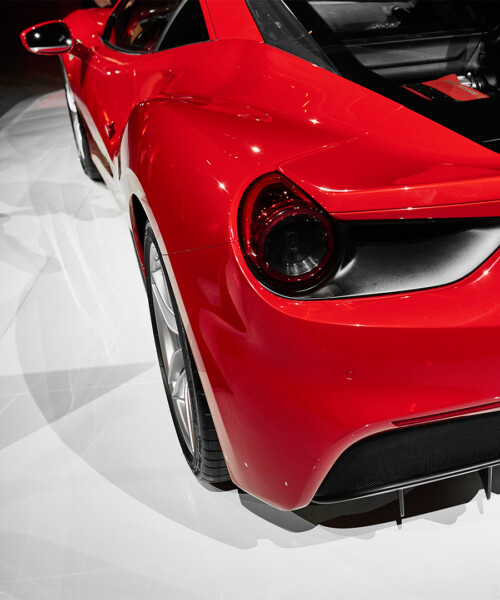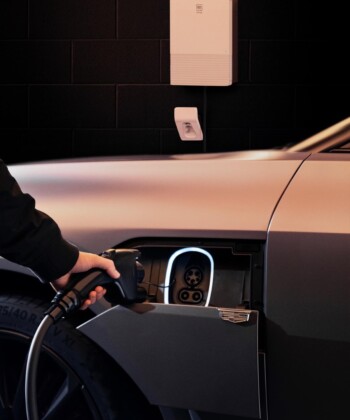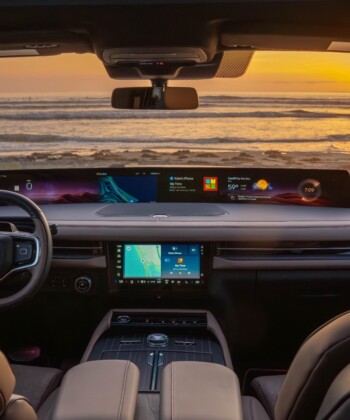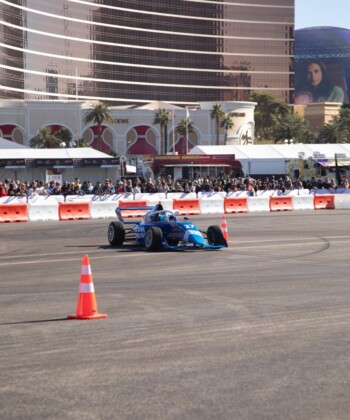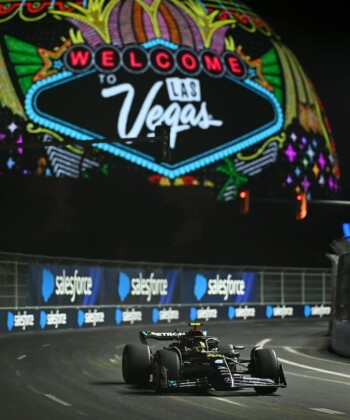Ferrari’s 458 Italia, in production since 2009, was nearly perfect—a sublime mid-engine sports car exhilarating to drive both on the track and on the open road. So when it was announced that its successor, the 488 GTB, would be powered by a smaller, turbocharged V8 engine, Ferraristis were understandably, and in many cases outspokenly, skeptical. The folks in Maranello have never been known to leave well enough alone, but replacing the 458’s throaty wail with the wispy whir of a turbo seemed sacrilege, even if the 488 GTB’s new F154 engine promised significant gains in acceleration, torque and efficiency.
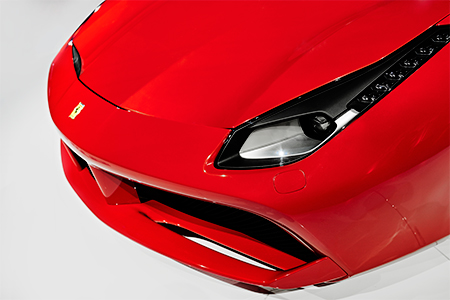
The 488 GTB
That said, after taking the 488 GTB for an early summer spin around Ferrari’s historic Fiorano Circuit, any nostalgia for its predecessor was left in the dust. The 488 is not simply the same car with a new engine, but a holistic reimagination. As Enrico Cardile, Ferrari’s head of aerodynamics, says, the new generation has been revamped “down to the door handle,” utilizing a Formula One–inspired double-spoiler design and active aero flaps. Most notably, patented Slide Slip Angle Control (SSC2) technology enables the car to adjust, on the fly, to road conditions and driver ability. For expert handlers, this means software that knows when to bend the rules of traction control, braking and fuel mapping. For the rest of us, it translates to increased stability and acceleration—effectively controlling chaos without completely sucking the life out of it.
The allure (and popularity) of the 458 Italia was due to its raw simplicity, but the character of the 488 GTB, although still elegant, is seasoned and complex, resulting in a car that feels more mature. The technology, meanwhile, creates a sense that the car isn’t just responding but, in fact, listening. Purists needn’t worry: The 488 still purrs as gloriously as a Ferrari should. It’s more vision-of-the-future than departure-from-the-past—a shape-shifter wrapped in rosso corsa that’s faithful to the bloodline while chock-full of forward-looking features that have, until now, largely been reserved for the top echelons of racing. It’s rare to drive a car that feels like it has so much more to give. Perhaps it is possible to perfect perfection.


























